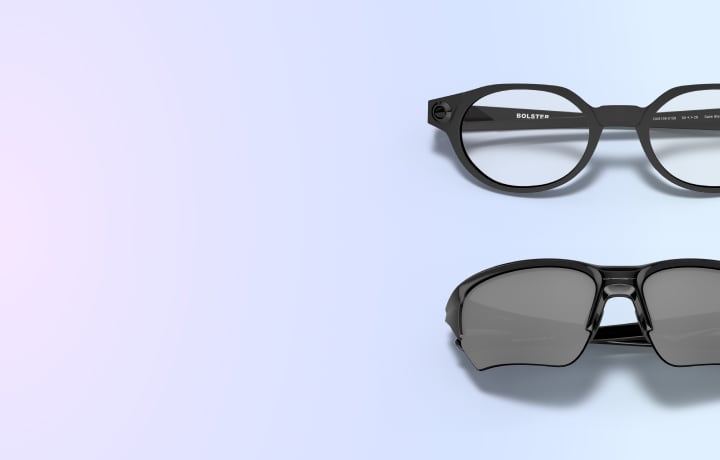
What is pupillary distance? Pupillary Distance, abbreviated as PD, is a standard measurement that you will find in glasses prescriptions.
What is pupillary distance
Pupillary distance measures the distance between the center of your pupils. The measurement should be as precise as possible as it determines where you look through your glasses.
Average male and female pupillary distance
What is a normal pupillary distance? The average pupillary distance of a typical adult ranges from 54 to 74 mm without much difference between the average female and male PD. A child's distance ranges from 43 to 58 mm. During an eye checkup, your optometrist will typically measure your PD.
Does pupillary distance change in time?
Yes, a person’s pupillary distance will change over time as they continue to develop. Consequently, children will see changes in their measurements over time as PD varies with physical development. Once we reach adulthood, our skull shape seldom changes, and the pupillary distance stays constant.
How to measure your PD with a ruler
Can’t find your PD measurement on your glasses prescription? You can measure your PD with a pupillary distance ruler (PD Ruler) or a millimeter ruler. The following 5 steps will enable you to measure it on your own, keeping in mind that the average men's and women's PD measures between 64mm and 62mm, respectively:
- Place yourself 8 inches from a mirror
- Hold a millimeter ruler against your eyebrows to measure the distance
- Align the zero on the ruler with the center of the left pupil while squinting your right eye
- Close your left eye and open your right eye while gazing straight ahead
- Read the millimeter line that is parallel to the center of your right pupil
This figure represents the pupillary distance. Repeat measuring three to four times to guarantee an accurate measurement.
Differences between singular and dual PD
SINGLE PD, which can be either a distance PD or a near PD, is the pupillary distance between the centers of two pupils. Most prescription eyewear, excluding reading glasses, can be ordered using PD. To figure out how to determine near PD for reading glasses, continue reading.
The distance between the centers of each pupil and the bridge of the nose is represented by the two values that make up DUAL PD, also known as monocular PD. Dual PD is expressed using the notation 32/30. The right eye (OD) measurement is always the first number, while the left eye (LE) measurement is always the second number (OS).
What to measure PD for glasses
The PD measurement for glasses is usually slightly different from the actual pupillary distance. By deducting 3mm from your distance PD, you may determine your near PD for reading glasses. To determine near PD while utilizing Dual PD, deduct 1.5mm from the measurement of each eye.













